
Hatha Yoga: A Brief Literature Review
Over the years, many different styles of yoga have developed, and they each offer different benefits. In the West, Hatha is one of the best-known styles of yoga and it is also one of the most thoroughly researched. One reason Hatha yoga has been studied so much is its inclusion in Jon Kabat-Zinn’s mindfulness-based stress reduction (MBSR) program, which heavily utilizes practices from the yogic tradition. Hatha yoga is considered a gentle and accessible style of yoga that incorporates breathing techniques (pranayama), physical postures (asana), and meditation (dyana).
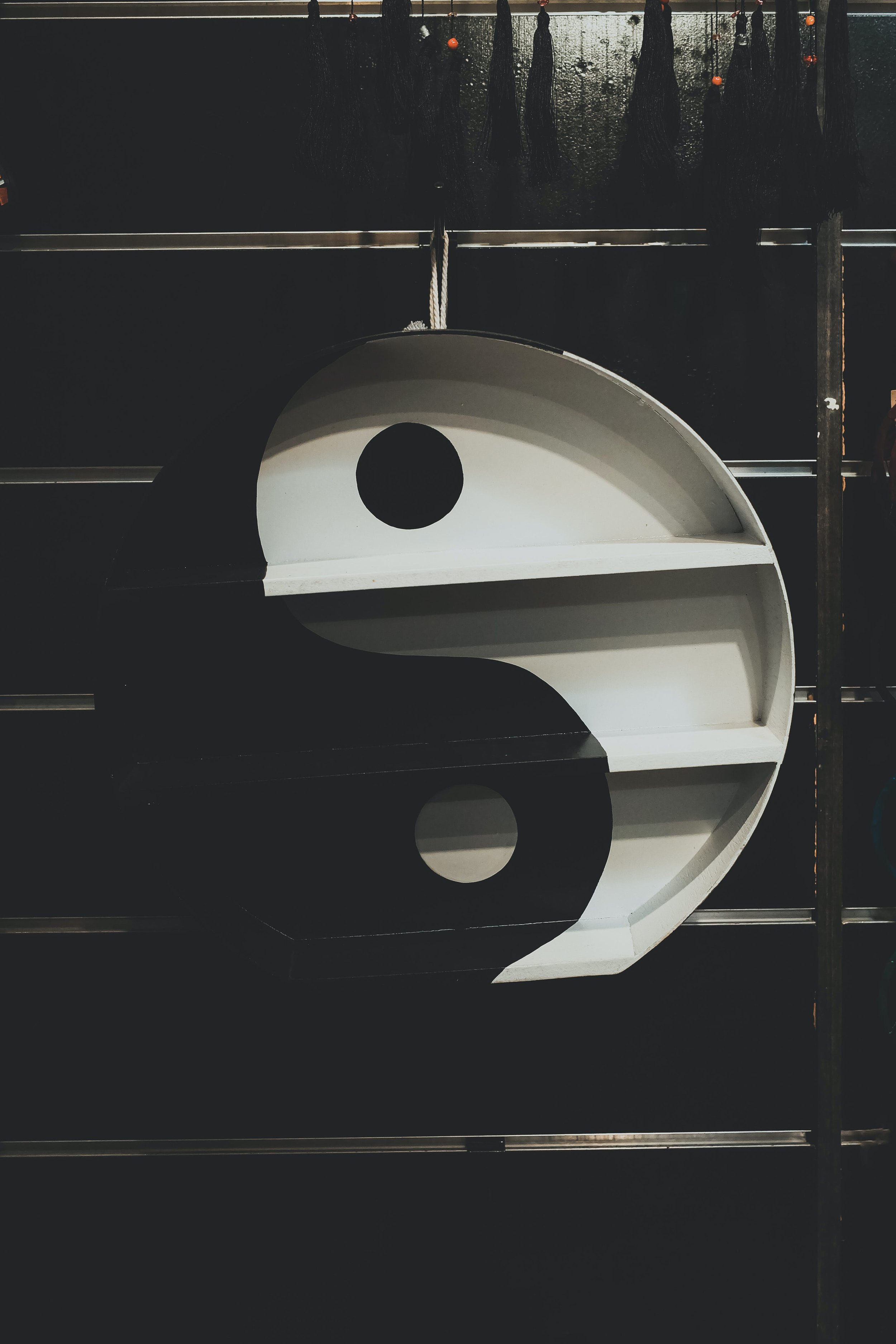
Yin Yoga: A Brief Literature Review
Yin yoga, which is a slow and meditative style of yoga that consists of seated and lying postures that are passively held for three to five minutes (or longer), helps participants cultivate the yin type of energy (which is often lacking in Western lifestyles). Yin yoga teaches practitioners to cultivate mindfulness by becoming the non-judgmental observer of their thoughts, feelings, breath, and bodily sensations. Although many styles of yoga focus on stretching and toning muscles, yin yoga instead focuses on working with the deeper connective tissues of the body (including fascia, tendons, ligaments, joints, and bones).
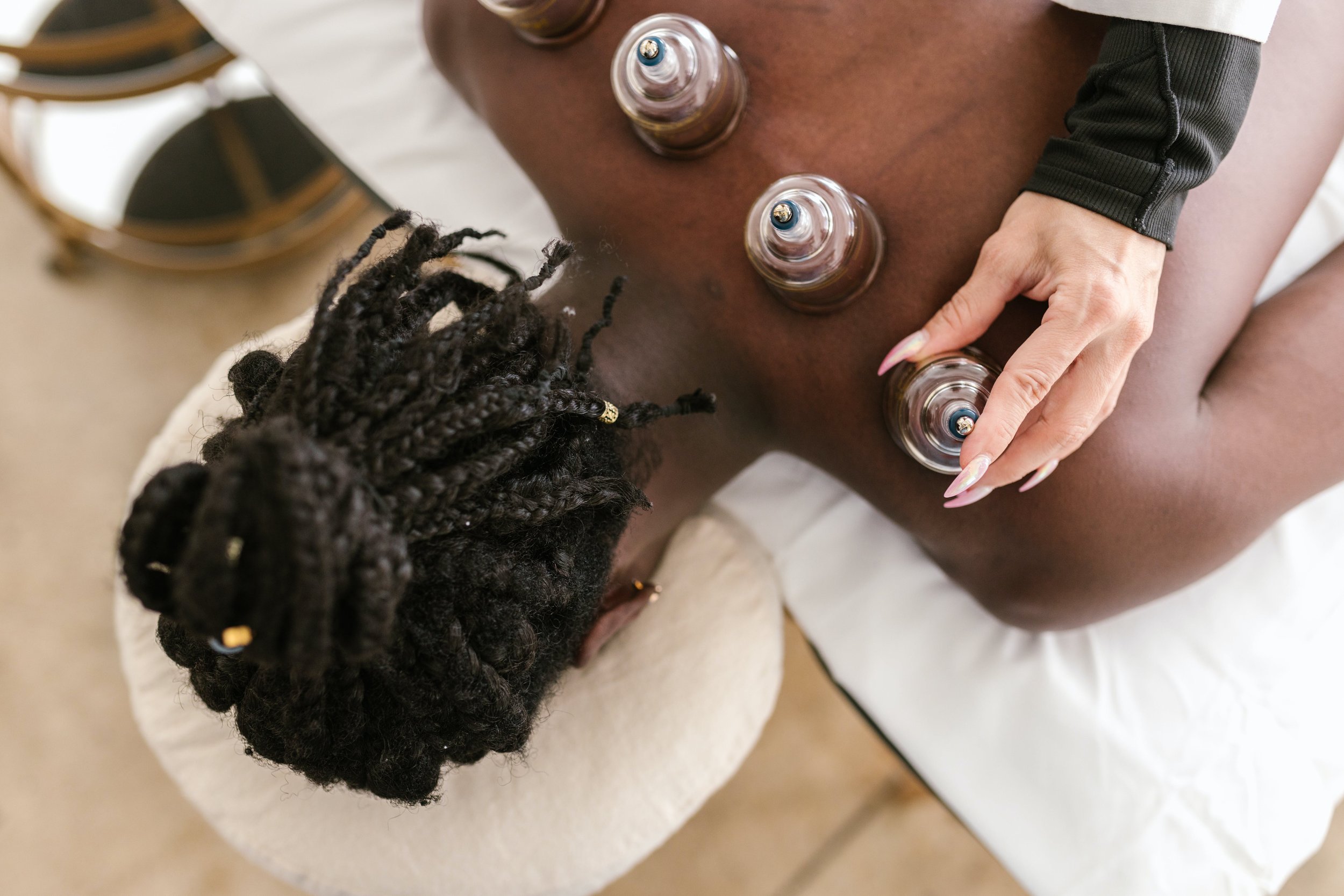
What is Complementary and Alternative Medicine (CAM)?
The National Center for Complementary and Alternative Medicine (NCCAM), which is the largest government agency researching complementary and alternative medicine in the United States, defines complementary and alternative medicine (CAM) as “a group of diverse medical and health care systems, practices, and products that are currently not integrated into conventional medicine.”
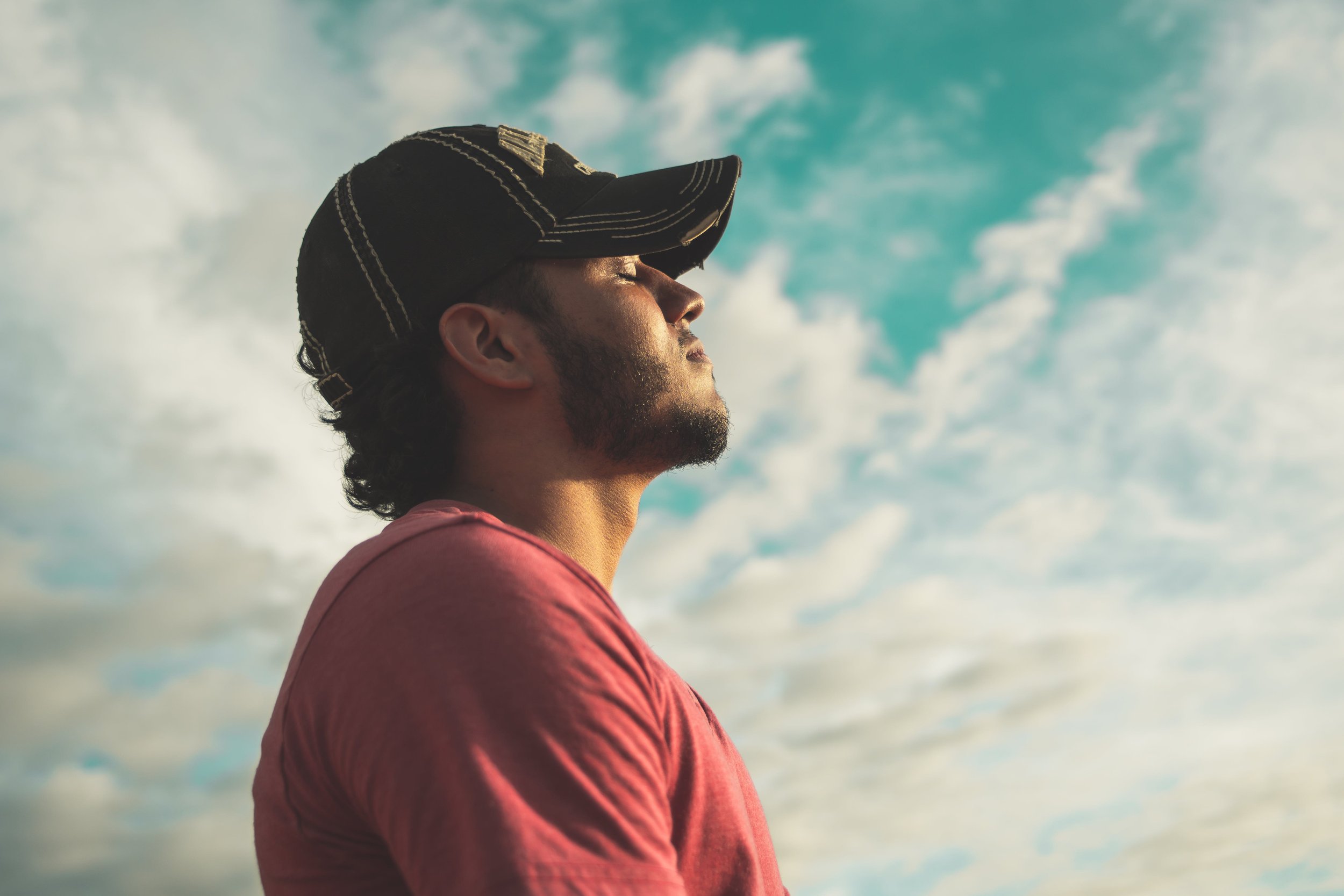
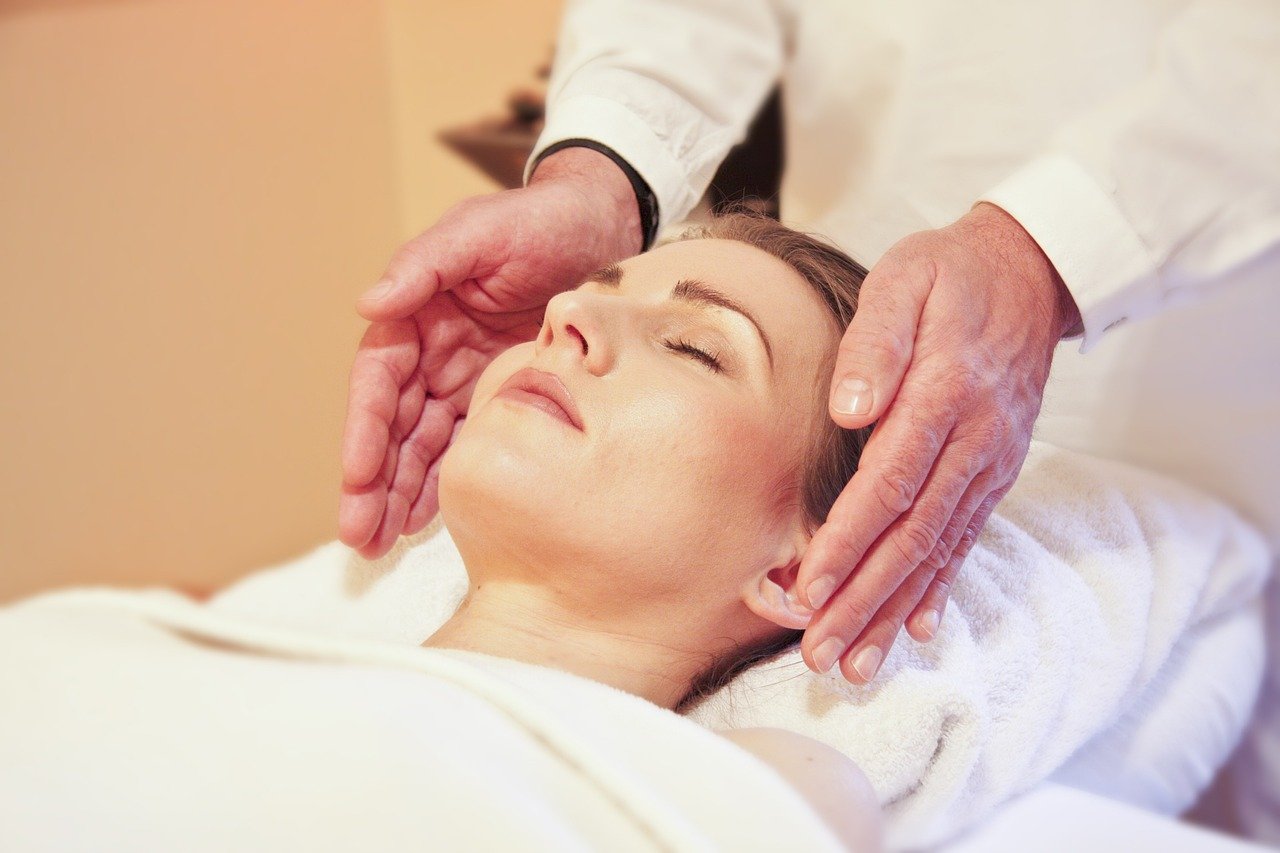

Emotional Freedom Technique (EFT) 101
Emotional Freedom Technique (EFT)—also known as “tapping”—was developed by Gary Craig in the 1990s as a simplified version of Thought Field Therapy (TFT), which is a technique developed by Craig’s teacher, Roger Callahan. EFT, which has been nicknamed “acupuncture without needles,” is a form of energy psychology that combines cognitive therapy, exposure therapy, and somatic stimulation.

Acupressure 101
Acupressure is a form of complementary and alternative medicine (CAM) that is simple, non-invasive, cost-effective, and typically free from pain or adverse side effects. With very little training and no need for special equipment, acupressure can be taught to anyone and then self-administered as needed.
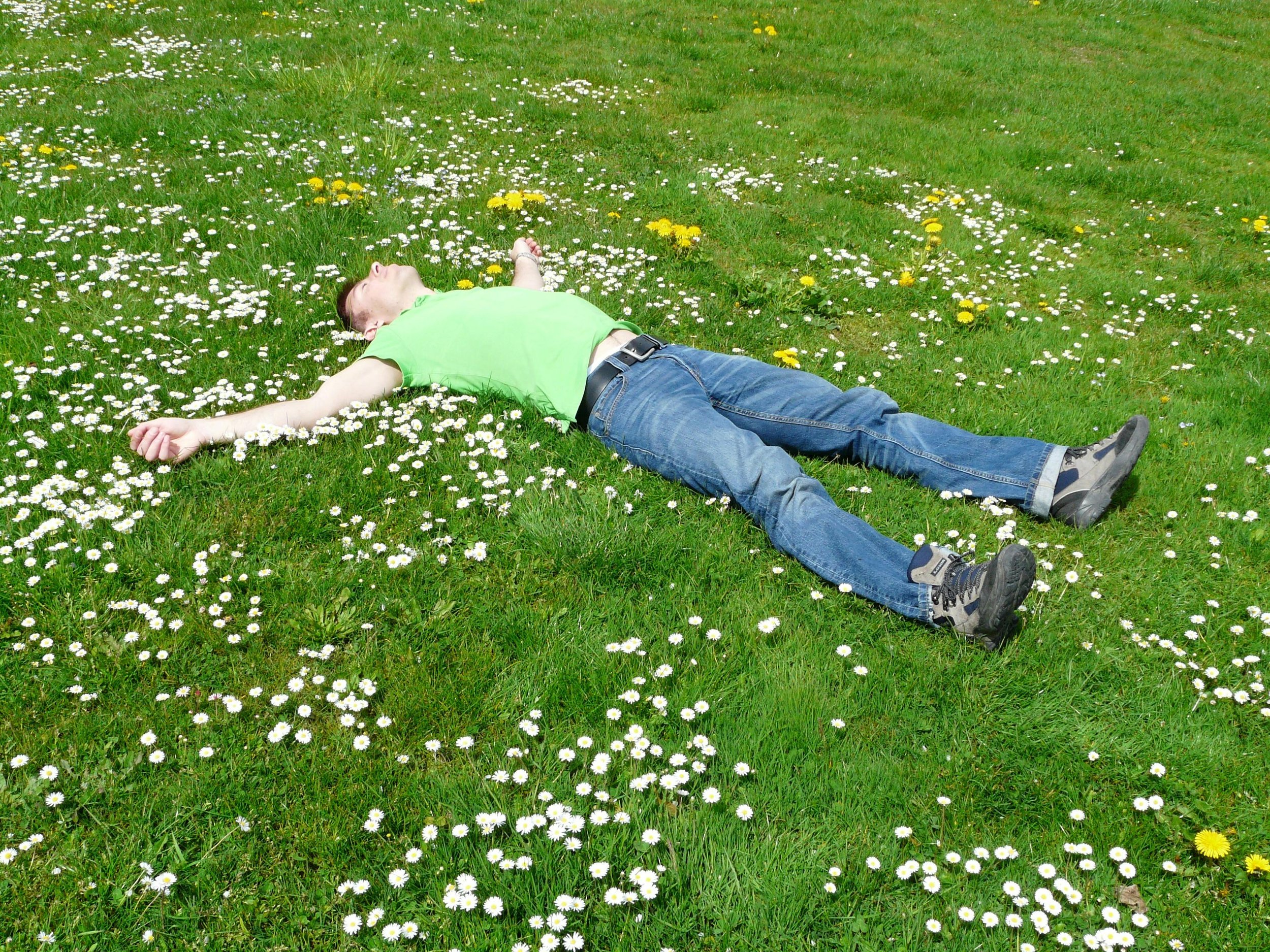
Guided Imagery 101
Also commonly called mental imagery or guided visualization, guided imagery is a form of CAM that involves external instruction guiding participants to shift their focus away from distressing thoughts, feelings, sensations, or memories by asking them to actively imagine enjoyable scenes or scenarios. For example, participants may be asked to listen to a story, feel a particular emotion, or visualize a nature-based scene, healing light, or any image that would feel comforting.

Progressive Muscle Relaxation 101
Progressive muscle relaxation (PMR) is a form of complementary and alternative medicine (CAM) that was developed by Dr. Edmund Jacobson in 1938. PMR is a simple-to-learn technique that teaches people to distinguish between feelings of tension and relaxation within their body. The process of PMR involves systematically contracting different muscles of the body and consciously holding the tension for 5-15 seconds before releasing the tension and consciously relaxing the same muscles for 10-20 seconds.
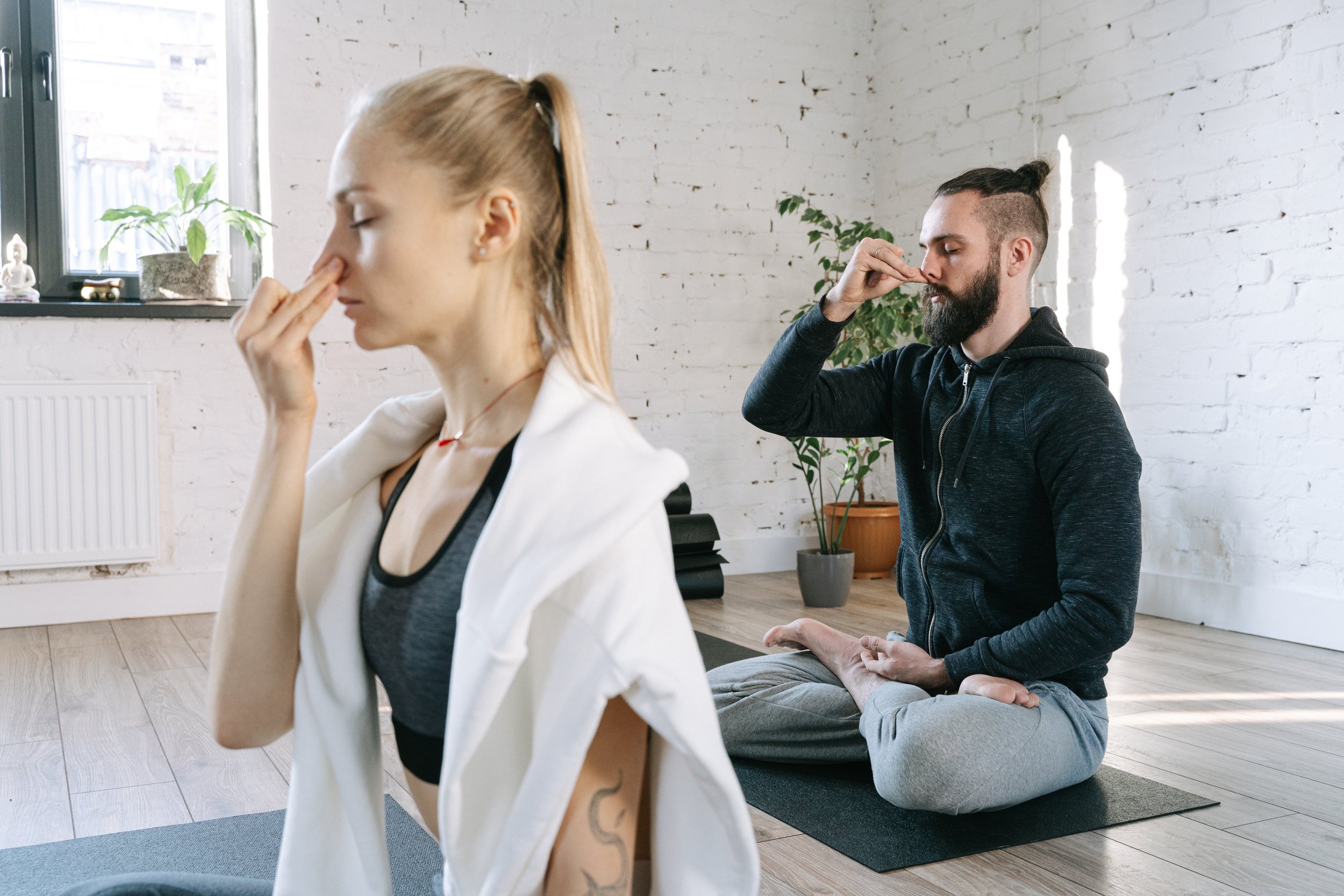
Pranayama 101
“When the breath wanders the mind is unsteady, but when the breath is calmed, the mind too will be still.” — Hatha Yoga Pradipika
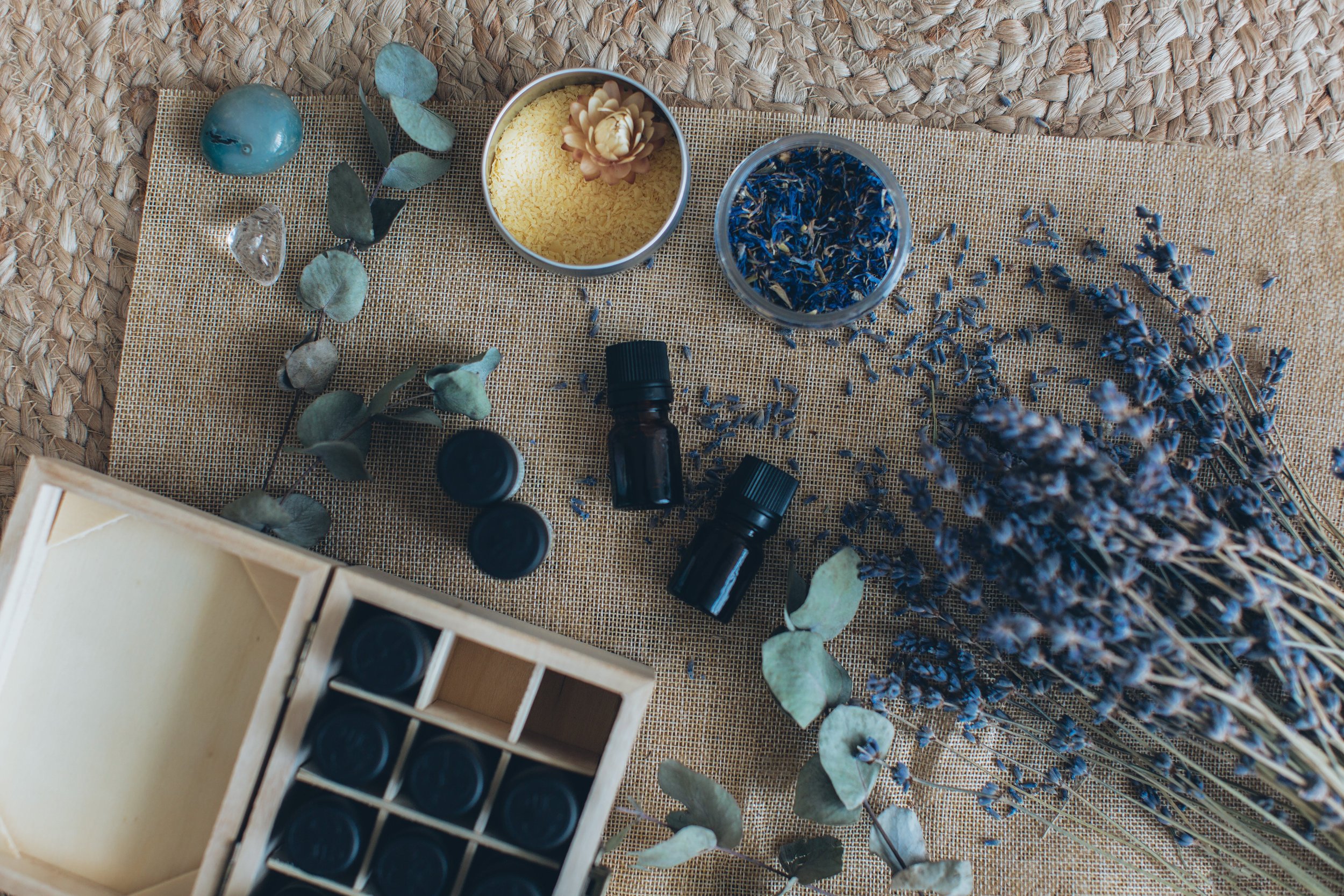
Aromatherapy 101
Humans have sought out plants for their healing benefits for millennia. Although the term “aromatherapy” was coined by a French chemist (René-Maurice Gattefossé) in 1928, the practice of aromatherapy has been utilized throughout Egypt, India, and China for thousands of years. Aromatherapy is a compound word that consists of “aroma,” which means fragrance, and “therapy,” which means treatment. Aromatherapy is a form of complementary and alternative medicine (CAM) that involves the therapeutic or medicinal use of essential oils.